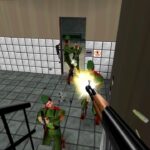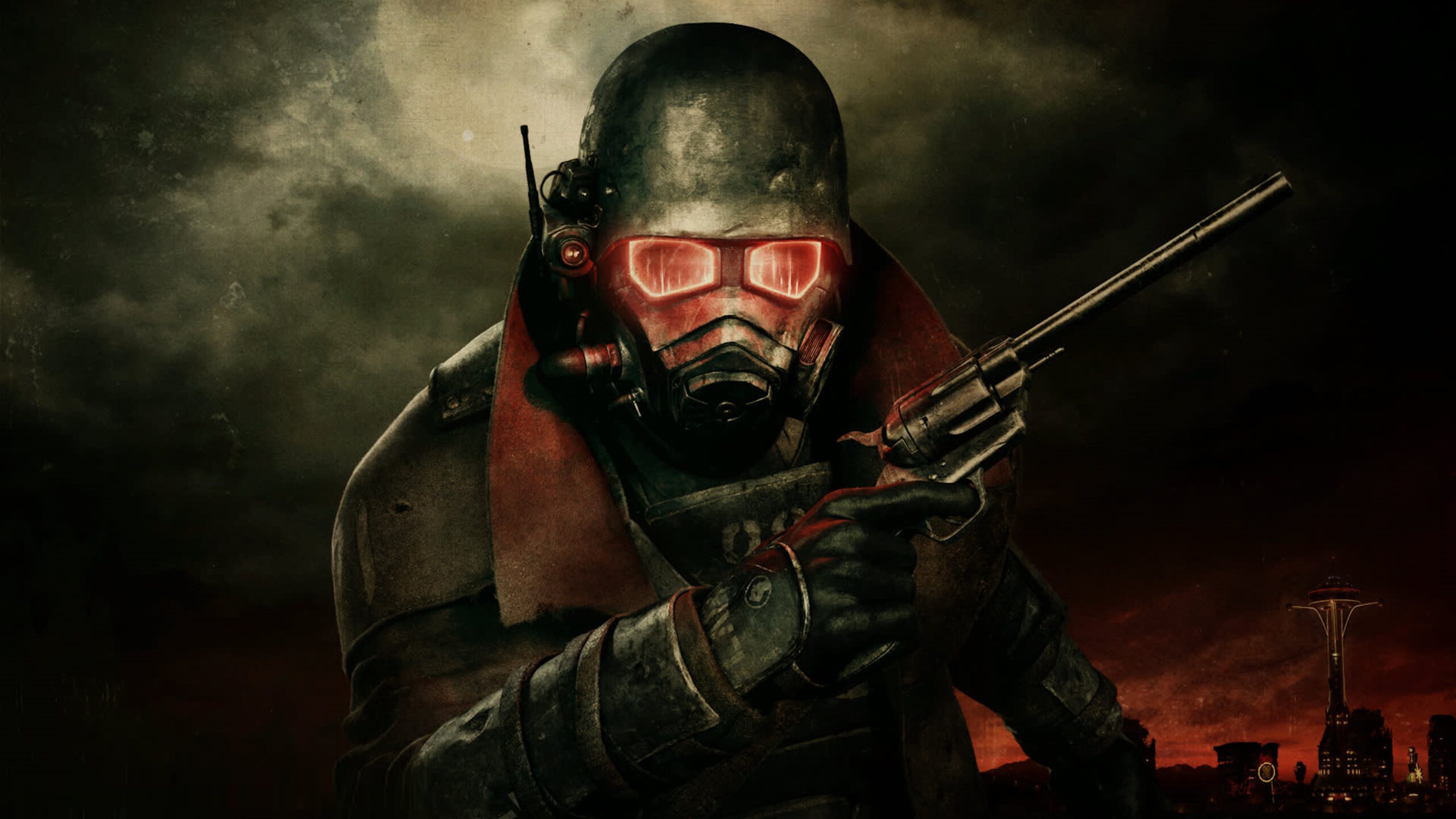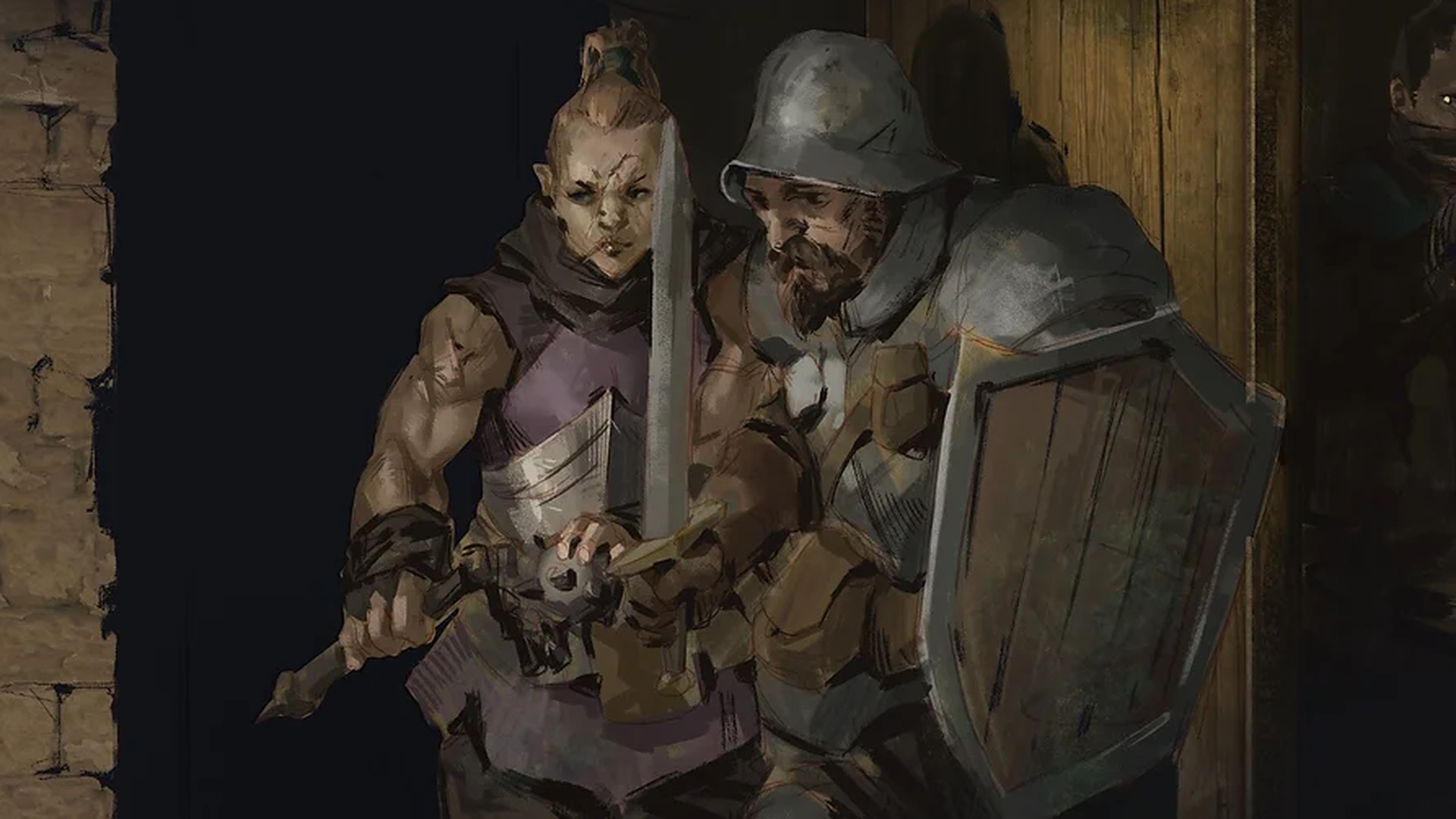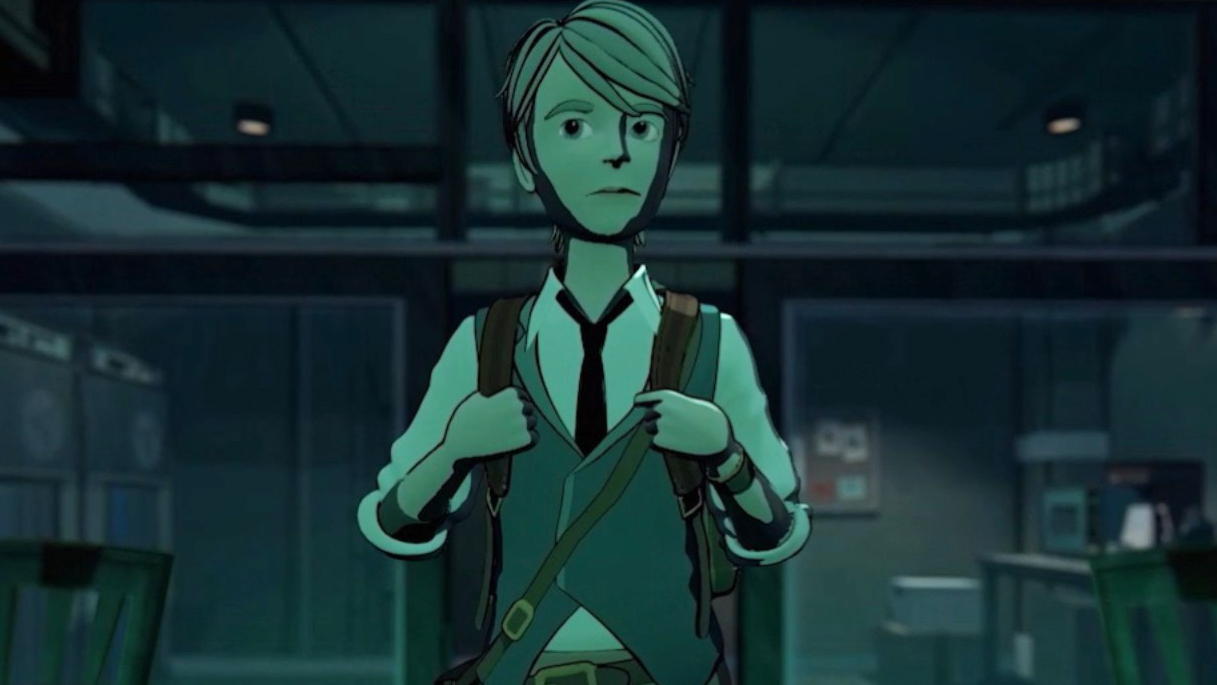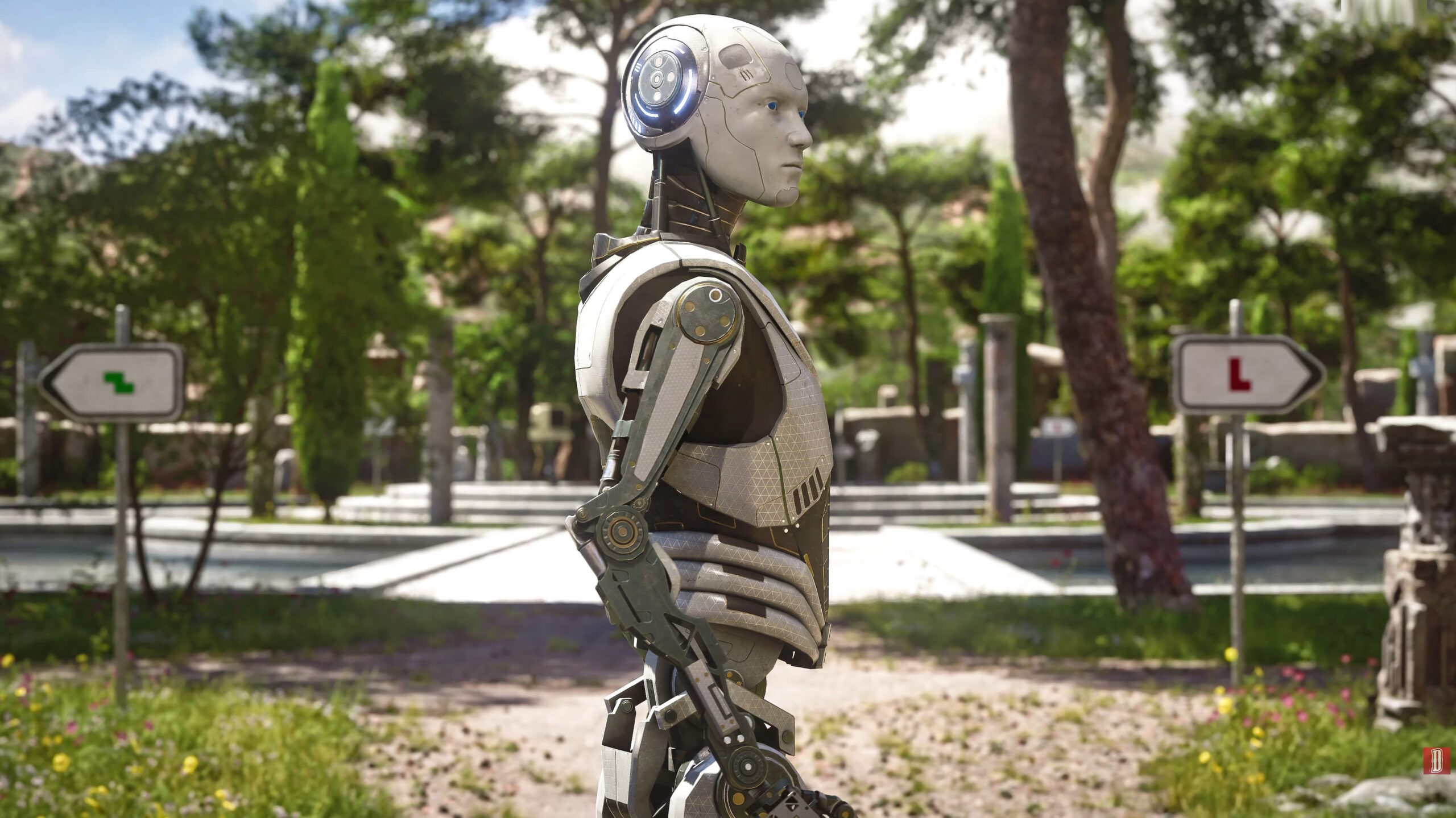As I’ve been floundering around in Starfield and struggling to find the joy in Bethesda’s vast sci-fi RPG, I’ve found myself compelled to go back in time and reconnect with the studio’s older fare. What a lucky boy I am, then, that Bethesda is apparently working on remasters of both Oblivion and Fallout 3. I will no doubt devour them both when they finally arrive, but in keeping with my lifelong inability to be truly happy, I must confess that the game I really, desperately want to revisit is Fallout: New Vegas.
Oblivion and Fallout 3 were monumental RPGs that, even today, I will gladly recommend to the uninitiated, but I never quite became as enamoured with them as I did their predecessors: Morrowind and Fallout 2. Technically they were lightyears ahead, of course, especially Fallout 3, but when it came to the setting, characters and their storytelling chops, they couldn’t quite match the games that had preceded them.
(Image credit: Obsidian Entertainment)
New Vegas, though? This was the evolution of Fallout, and the Bethesda-style RPG, that I wanted. Still a first-person RPG rather than the original isometric tactics romp, but one that managed to maintain the difficult mix of nuance and weirdness that the Black Isle games nailed all those years ago. And no wonder: Obsidian was brought on to develop it, and it traces its lineage all the way back to Black Isle.
This is not a slight on Bethesda. New Vegas could not have existed without it, and it demonstrably benefited from Bethesda’s legacy of massive sandboxes and impressive digital worlds. This temporary alliance effectively gave us the best of both worlds, with a game that continues to be much loved today and supported by a diligent modding community.
While I still consider Fallout 3’s vault intro one of the genre’s best prologues, the setup for New Vegas feels much more immediately compelling. Instead of searching for your dad, or your kid in Fallout 4, you’re cast adrift in the Mojave desert and given a simple objective: revenge. Shot in the head and left for dead, you’ve got to piece things together and pay back your killer in blood. It’s the perfect motivation for the setting: the Wild West by way of the post-apocalypse.
(Image credit: Obsidian Entertainment)
That quest, of course, ends up being a bit more labyrinthine than that simple premise, as you find yourself picking sides in a war between factions and, in classic RPG tradition, becoming the linchpin to the fate of the Mojave Wasteland. And, if you want, you can team up with one of the series’ most villainous factions and watch the world burn all over again. Lovely!
While Fallout 3 and 4 let you do some truly despicable things and work with some extremely rotten people, they’ve got nothing on Caesar’s Legion.
While Fallout 3 and 4 let you do some truly despicable things and work with some extremely rotten people, they’ve got nothing on Caesar’s Legion. The first time you meet New Vegas’s antagonists, they’ve massacred an entire town. But it’s not a simple slaughter. The Legion has created a lottery, allowing one person to live, so they can tell the world what they’ve seen. The survivor in this case is an escaped convict. Walking into the town, you see crucified people lining the streets, but the Legion doesn’t immediately try to kill you. These are not the pirates of Starfield, where you only get to talk to them if you’re pretending to be one for a specific quest (granted, you can become proper chums with them after that). They’re a fully fleshed out faction with more complicated motivations rather than being hostile fodder for your guns and dynamite.
Through these warring factions, the Mojave feels alive. There are big, set piece battles, but also dynamic scraps, wandering patrols, and a bevy of quests relating to each of them. You might not think you’d want to join what’s effectively an authoritarian police force or a bunch of maniac murderers in Roman cosplay, but New Vegas makes joining them or striking it out alone both equally compelling options. With Fallout 4, Bethesda carried this on by making factions central to the narrative, but honestly I had no impulse to join any of them. I’d been too spoiled by New Vegas.
(Image credit: Bethesda)
Obsidian also established another tradition that Bethesda has continued to run with: proper companions. You could bring some paper-thin pals with you in Fallout 3, but New Vegas allowed you to travel with people who had agency and experienced meaningful character development, as well as an assortment of robo-buddies. An alcoholic cowboy, a sniper with PTSD, a nerdy member of the Brotherhood with a killer punch, even a mechanical dog—New Vegas offered plenty of new friends. Usually traumatised ones, of course.
It’s impressive that, despite the fact that the Mojave was not as seriously struck by the apocalypse as DC, and despite the presence of chatty companions, New Vegas still feels like a powerfully lonely and tragic game. It’s subtler than Fallout 3 and 4, but so much more effective in communicating how devastating the end of the world, or at least America, has been, even centuries on. But it’s not just about the impact of the apocalypse. So much of the misery is just down to people being people. It’s more potent because, even in this bizarre setting, the tragedies are recognisable.
But for all the doom and gloom, it never ceases to be wacky and weird. A gang of Elvis impersonators, post-apocalyptic mafiosos, a cute dinosaur statue turned into a sniper’s nest—it’s delightfully odd, without ever feeling incongruous. The two vibes sit comfortably side by side, juxtaposed but without any awkward friction.
(Image credit: Obsidian)
Unfortunately, New Vegas was also a victim of mismanagement and ultimately ended up rushed out the door before it was ready. It wasn’t just janky, it was downright broken, especially the PlayStation version—though every version suffered. It was a spectacular game but not as good as it could have been with more time in the oven. The titular New Vegas itself was a big disappointment: just a strip with a few buildings and far too few NPCs, presented as a bustling gambler’s utopia while looking more like a slapdash ghost town.
So my desire for a New Vegas remaster isn’t just down to it being one of my favourite RPGs; I also think it deserves a second chance. A release that really shows off the original vision and fills in the cracks. Not just some ray tracing and better textures, but a meaningful update. It’s unlikely to ever happen, but I’m gonna keep hoping, and maybe one day I’ll get to shoot mutants in the Mojave Wasteland again.



